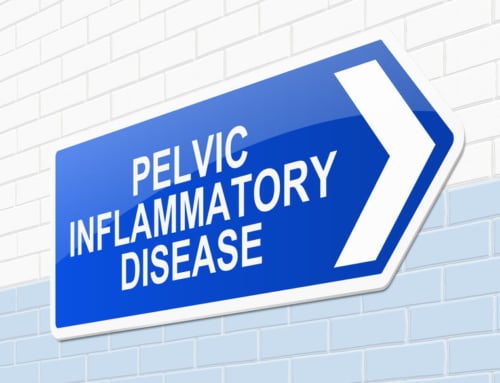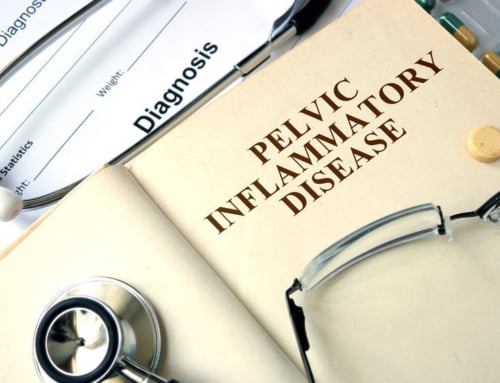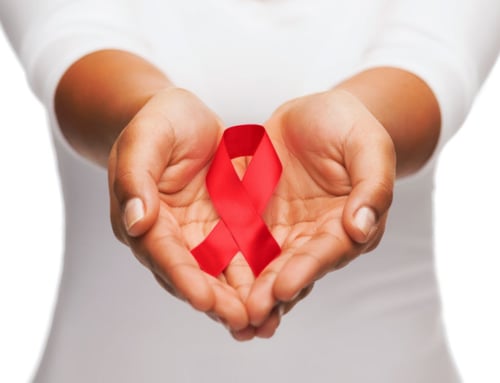
Domestic violence and sexual abuse are serious threats to women, but there are clear signs to look for and paths to leave unhealthy situations.
What constitutes sexual abuse or violence against women?
More than 32 million American women experience intimate partner violence or IPV. Though this is a quite serious health issue, it is often preventable. IPV is defined as psychological, physical or sexual trauma perpetrated by a current or former partner. Contrary to popular belief, this does not require sexual intimacy to occur between couples. Men can also be abused by partners, but the vast majority of IPV is directed toward women.
There is a spectrum of IPV ranging from a single, minor outburst to serious and repeated abuse. Chronic abuse is referred to as battering.
Categories of intimate partner violence
IPV is usually a result of an imbalance of power. There are four primary types:
- Psychological and emotional violence – this type of trauma involves threats of violence using tactics such as humiliation, withholding, control and isolation. Abuse also falls into this category if it stems from previous physical or sexual abuse
- Threats of physical or sexual violence – these actions can include anything from employing gestures, words or weapons with the intent to cause harm or death
- Sexual violence – this occurs when someone is compelled to engage in sexual acts against their will. The act can be either attempted or completed and can also occur when a woman is unable to communicate due to disability, illness or inebriation
- Physical violence – this consists of the use of any force that has the potential to cause injury, disability or death. This often includes the perpetrator using their size or strength against the victim
There is also sexual abuse that is not caused by a partner. Stalking can also fall into the category of IPV when the action is repeated and causes high levels of anxiety in the victim.
How to recognize violence or abuse
Some relationships are abusive from the beginning, but many instances of IPV begin subtly and intensify over time. The most common cycle includes:
- Threats – the abuser intimidates the victim
- Actions – this victim is assaulted
- Apology – this abuser promises to change their behavior and may attempt to make up for their actions with gifts
- Repetition – the cycle continues
IPV is a frequent occurrence that can have long-term health effects on individuals and society as a whole. Even if a child is not personally abused, merely witnessing IPV can create lasting issues. The prevention of IPV requires a knowledge of individual, community, and societal factors.
Sexual abuse and violence can create a feeling of helplessness or even guilt on the part of the victim. The best action to take is to recognize these signs and call the National Domestic Violence Hotline for guidance at 800-799-SAFE (7233) or the National Sexual Assault Hotline 800-656-4673, both of which can be reached 24 hours a day, 7 days a week.






